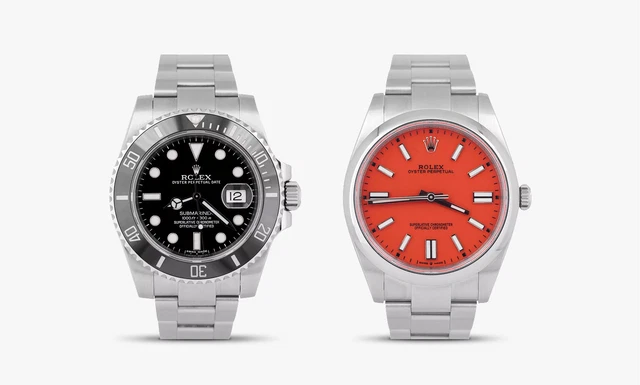Rolex Yacht-Master II Watches
Shop by Category
Shop By Model
Featured
366 Results
- $29,500.00Was: $48,150.00was - US $48,150.00or Best OfferFree shipping10 watching
- $15,990.00or Best OfferFree shipping14 watching
- $25,850.00or Best OfferFree shipping
- $67,988.00or Best Offer$35.36 shipping58 watching
- $13,250.00$50.00 shipping0 bids3d 18h
- $17,993.71$95.00 shipping15 watching
- $17,000.00or Best OfferFree shipping
- $14,650.00or Best OfferFree shipping102 watching
- $32,593.23$95.00 shipping35 watching
- $24,993.52Free shippingEst. delivery Thu, Apr 2455 watching
- $650.00or Best Offer$6.95 shipping
- $36,497.00or Best Offer$80.00 shipping11 watching
- $15,493.51$95.00 shipping17 watching
- $21,000.00Was: $25,150.00was - US $25,150.00or Best OfferFree shipping57 watching
- $25,550.00or Best OfferFree shipping
- $20,289.99or Best OfferFree shipping36 watching
- $29,993.92$95.00 shipping29 watching
- $35,847.05Free shipping
- $16,993.61Free shippingEst. delivery Thu, Apr 2414 watching
- $35,495.00Free shipping22 watching
- $15,399.00$44.00 shipping16 watching
- $25,722.82or Best OfferFree shippingOnly 1 left!
- $35,750.00or Best OfferFree shipping16 watching
- $21,950.00Was: $32,832.50was - US $32,832.50Free shipping11 watching
- $27,995.00Free shipping38 watching
- $27,875.00or Best Offer$50.00 shipping
- $17,350.00or Best OfferFree shipping
- $34,500.00or Best Offer$75.00 shipping107 watching
- $32,500.00Was: $48,150.00was - US $48,150.00or Best OfferFree shipping12 watching
- $18,199.00or Best OfferFree shipping22 watching
- $21,319.99Was: $25,350.00was - US $25,350.00or Best OfferFree shipping21 watching
- $16,690.00Was: $17,390.00was - US $17,390.00Free shipping21 watching
- $17,999.99Free shipping
- $37,500.00Free shipping
- $20,499.00or Best OfferFree shipping14 watching
- $34,990.00or Best OfferFree shipping108 watching
- $18,250.00or Best OfferFree shipping18 watching
- $23,995.00Was: $26,995.00was - US $26,995.00or Best OfferFree shipping12 watching
- $18,515.97$35.00 shipping
- $19,950.00or Best Offer$49.00 shipping
- $33,500.00or Best OfferFree shipping
- $17,300.00or Best OfferFree shipping
- $19,200.00Free shipping19 watching
- $20,995.00or Best OfferFree shipping13 watching
- $16,950.00Was: $25,242.50was - US $25,242.50or Best OfferFree shipping82 watching
- $45,995.00Free shipping
- $18,995.00or Best OfferFree shippingOnly 1 left!
- $16,899.00or Best OfferFree shipping77 watching
- $30,699.00Was: $32,233.95was - US $32,233.95or Best OfferFree shipping
- $21,999.99or Best OfferFree shipping
- $58,888.00or Best OfferFree shipping54 watching
- $37,499.00or Best OfferFree shipping108 watching
- $18,595.00Free shipping
- $28,995.00or Best OfferFree shipping28 watching
- $28,295.00or Best OfferFree shipping17 watching
- $16,395.00or Best OfferFree shipping
- $34,199.74or Best OfferFree shipping15 watching
- $24,475.00or Best OfferFree shipping
- $19,950.00or Best Offer$49.00 shipping18 watching
- $21,499.00or Best OfferFree shippingOnly 1 left!


